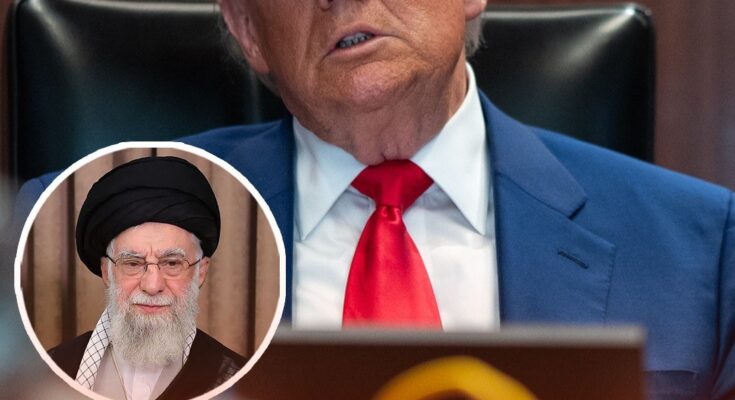After U.S. airstrikes on Iran’s key nuclear facilities, Tehran warns of sleeper-cell attacks in the U.S. and vows to retaliate. Global tensions rise as threats of cyber warfare and terrorism increase.
Iran Threatens Trump with Terror Attacks After U.S. Bombs Nuclear Sites
Tensions between the United States and Iran are reaching dangerous new levels.
This past weekend, former U.S. President Donald Trump ordered airstrikes on three major Iranian nuclear sites in Fordow, Natanz, and Isfahan. These attacks followed a missile strike by Israel and warnings from Iran that any U.S. interference would trigger serious consequences.
Before the airstrikes, Iranian officials reportedly warned of sleeper-cell attacks on U.S. soil if Trump took military action. Sleeper cells are secret agents who live quietly in the U.S., blending in until activated for missions. A leaked memo from U.S. Customs and Border Protection revealed that thousands of Iranian nationals had entered the country illegally — raising fears that some could be linked to these hidden terror groups.
According to reports, Trump learned about this threat during the recent G7 summit in Canada, prompting him to leave the event early. Soon after, he announced the U.S. airstrikes and posted on Truth Social that any attack from Iran would be met with “force far greater” than what had already happened.
U.S. security agencies, including the Department of Homeland Security, have since raised the threat level. Officials are especially concerned about a possible wave of cyberattacks or terrorist actions. A religious order from Iran’s leadership is calling for revenge, putting former American officials and targets tied to previous conflicts in serious danger.
Iran has promised to retaliate, and Russia has expressed support for Tehran. This has sparked global fears that a wider war could break out — not just in the Middle East, but possibly worldwide. As the world watches closely, everyone is wondering: Are we on the brink of a new global conflict?



